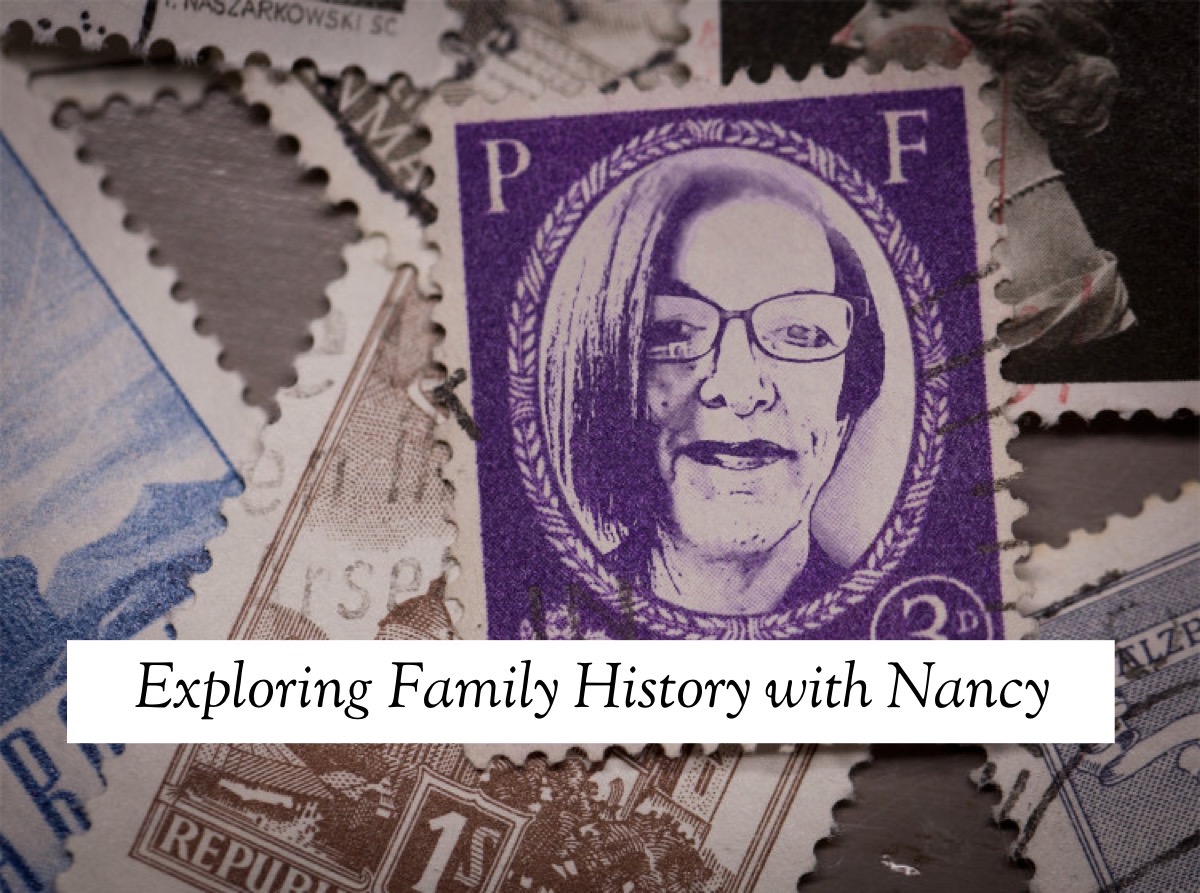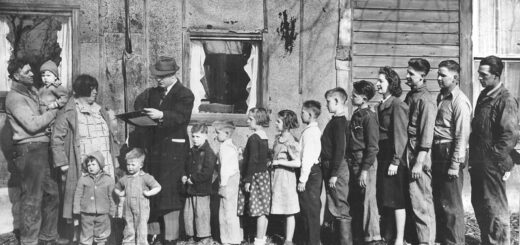Genealogy: Government Documents

Government documents are a little-known genealogical resource that can yield great benefits to genealogists. If your ancestors interacted with the federal government in some way, there may be records that document those transactions. Some kinds of these are well-known, such as federal census records, military records, passenger lists, and immigration and naturalization records. Today we’ll discuss a few of those records, along with a few that aren’t well-known, and show how you can access them.
“A Century of Lawmaking for a New Nation”
Home page: http://memory.loc.gov/ammem/amlaw/
This free collection consists of a linked set of published congressional records (primary source documents) of the U. S. from the Continental Congress through the 43rd Congress, 1774-1875. All these materials may be viewed on-line as digital facsimile page images; some also have fully or partially searchable transcribed text. Two sets of documents on this site have great genealogical value – The U. S. Serial Set and American State Papers. The Bills and Resolutions sections are also valuable, especially in regard to searching for presentation of petitions for relief and private laws.
United States Congressional Serial Set
Commonly referred to as the Serial Set, this document collection began publication with the 15th Congress, 1st Session (1817). Documents before 1817 may be found in the American State Papers (see below). The Serial Set contains House and Senate Documents and House and Senate Reports. Reports are usually from congressional committees dealing with proposed legislation and issues under investigation. Documents include all other papers ordered printed by the House or Senate. They cover a wide variety of topics and may include reports of executive departments and independent organizations, reports of special investigations made for Congress, and annual reports of non-governmental organizations. http://memory.loc.gov/ammem/amlaw/lwss.html
American State Papers
This document set is comprised of 38 physical volumes containing legislative and executive documents of Congress between 1789 and 1838. This collection includes 6,278 documents that cover the critical historical gap from 1789 to the printing of the first volume of the U. S. Serial Set in 1817. Every volume contains an index and all but one has a table of contents, both with machine-searchable transcriptions. The books are arranged into ten topical classes or series: I. Foreign Relations, II. Indian Affairs, III. Finances, IV. Commerce and Navigation, V. Military Affairs, VI. Naval Affairs, VII. Post Office Department, VIII. Public Lands, IX. Claims, X. Miscellaneous. Not all of the classes contain documents from the entire 1789-1838 period. http://memory.loc.gov/ammem/amlaw/lwsp.html
Of notable genealogical interest are the volumes on Public Lands (VIII) and Claims (IX). The article “Those Elusive Early Americans: Public Lands and Claims in the American State Papers, 1789–1837,” demonstrates how the thousands of claims in these two classes can provide genealogical information, such as claimants’ ages, locations of claims, places of residence, spouses’ names, children, and other relatives, as well as records of claimants’ military service. https://www.archives.gov/publications/prologue/2005/summer/state-papers.html
Land Entry Case Files
These documents have been discussed the blog on public lands, since they pertain to land sold by the federal government to individuals. Case files for the homestead lands vary, but nearly all have valuable genealogical information, such as the age and address of the person applying for the land, family members, descriptions of the land, house, crops, and testimony of witnesses. Since a person had to a citizen to apply for land, proof of naturalization may be included in the homestead file. Some files even contain discharge information from Union veterans of the Civil War, since the Homestead Act of 1862 gave them special privileges.
Passport Files
Passports weren’t required until World War I, but many persons applied for them as an extra layer of protection while traveling. This was especially true for male immigrants who were afraid of being conscripted into the military service in their country of origin if they journeyed there. Applications usually contain the reason for the application, as well as other genealogical information. Digitized images of applications from 1795-1925 are available free on-line at FamilySearch: https://www.familysearch.org/search/collection/2185145 and by subscription to Ancestry.com. You’ll need to set up a free login and password to see images on FamilySearch.
Dawes Rolls for the Five Civilized Tribes
These documents, also known as the “Final Rolls”, are the lists of individuals who were accepted as eligible for tribal membership in the “Five Civilized Tribes”: Cherokees, Creeks, Choctaws, Chickasaws, and Seminoles. It does not include those whose applications were stricken, rejected or judged as doubtful. Those found eligible for the Final Rolls were entitled to an allotment of land, usually as a homestead. The Rolls contain more than 101,000 names from 1898-1914 (primarily from 1899-1906). They can be searched to discover the enrollee’s name, sex, blood degree, and census card number.
https://www.archives.gov/research/native-americans/dawes/tutorial/intro.html
The Official Records of the Union and Confederate Armies in the War of the Rebellion
This publication, commonly known as the Official Records of the Union and Confederate Armies or Official Records (OR or ORs), is the most extensive collection of American Civil War land warfare records publicly available. It includes selected first-hand accounts, orders, reports, maps, diagrams, and correspondence drawn from official records of both Union and Confederate armies. It’s comprised of four series of various documents relating to Operations of Union and Confederate Armies, Prisoners, Union Authorities, and Confederate Authorities. These volumes are free on-line at the HathiTrust Digital Library: https://catalog.hathitrust.org/Record/000625514
A 95-volume supplement that includes documents left out of the Official Records, along with a five-volume name index, is also at HathiTrust but you must be part of a HathiTrust member institution in order to view it.
These resources are just a very tiny fraction of a wealth of documents generated by the federal government that can further your research efforts. The National Archives web site is a treasure trove of federal government document collections you should explore. For an introduction to genealogical research in federal government documents, as well as examples of such records now on-line, visit https://www.archives.gov/research/genealogy/start-research.
Remember – If your ancestor interacted with the federal government, there may be a federal government record of it.





Recent Comments